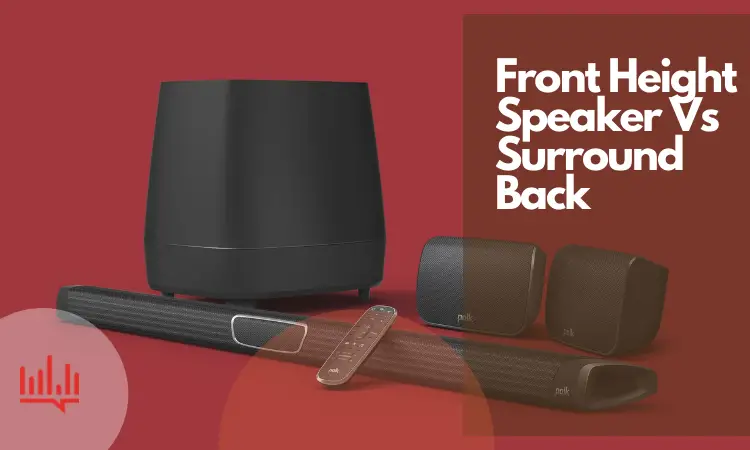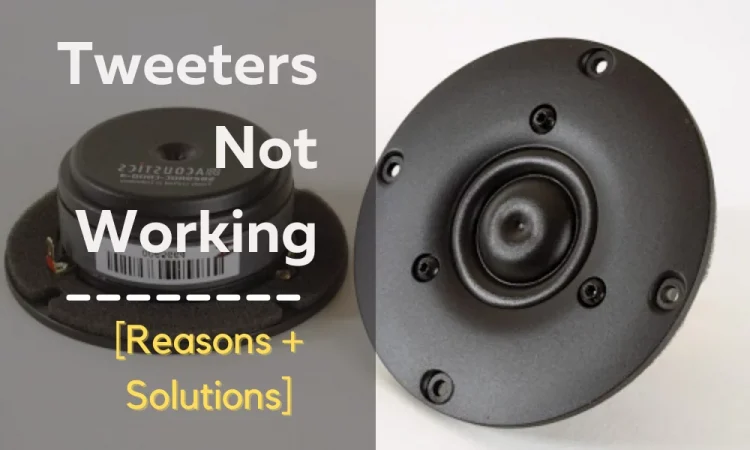Maintaining LUFS is a pretty crucial thing to do. People often get confused as to how to decrease LUFS.
So, what will you do if your lufs are too high, thus, how to reduce lufs?
By using the LEVELS, reducing the LUFS is kind of an easy task. To lower the LUFS, you might include a gain plugin at the beginning of the chain. Use a gain plugin to decrease the overall loudness of your music to decrease the LUFS value. You can use this while mastering or mixing the track.
But that’s not it! You will need more information for proper execution. So let’s get started!
Why Is The Perfect LUFS Level Important?
The LUFS scale (also known as the LKFS scale) was mainly created to define broadcast standards. That is, to keep the perceived loudness of different broadcasts and advertisements consistent.
This is known as loudness normalization. And it prevents the customer from reaching for the remote to adjust the level. While mixing or mastering using analog or digital volume control is also important.
Music is being normalized right now so that it may be played at a constant volume.
Dynamic music will be preferred over loud compressed music in the future. Understanding and employing LUFS meters in your studio can make your music heard in its finest light.

But above all these, you definitely need a good sound system to get the proper audio. Otherwise, there will be distortions. Which won’t help you to get the perfect loudness.
Let us help you to find some perfect audio systems for your studio.
| Image | Product | Details | Where To Get |
|---|---|---|---|
 | PreSonus Eris E3.5-3.5" Near Field Studio Monitor (Pair) | Good for multimedia, gaming, movies, composing | Check Price |
 | Wall Mount Home Speaker System | 2 way full range audio projection | Check Price |
 | Edifier R1280T Powered Bookshelf Speakers | Very nice wood finish Studio quality sound | Check Price |
 | JBL Professional 305P MkII Next-Generation 5-Inch 2-Way Powered Studio Monitor | Flexible connectivity +4dBu/ -10Dbv input-sensitivity | Check Price |
These speakers will give you the perfect audio experience of your preferred genre. So, get these best speakers as per your budget. Before starting working on your track check out whether the smsl remote works properly or not.
How to Reduce LUFS While Mastering?
While mastering, and maintaining the perfect LUFS level is important. But you need to find out which genre you are working with. Because you will definitely want your music to be loud and clear if it’s metal or hard rock.
If your song is breaching the barrier during mastering, reduce the amount of compression or limiting. You might also change the gain-adding plugins. Any EQ enhancements or harmonic distortion might cause this.
To lower the LUFS, you might include a gain plugin at the beginning of the chain. It won’t affect the sound or balance of your mix. To boost the volume, you may use compression, limiter, or harmonic distortion.
-14 LUFS for mastering is a pretty good metering.
Make sure you have the idea of what is dbtp and how to lower the true peak as well.
How to Reduce LUFS While Mixing?
Lessening the amount of compression or limiting on your track is important. If it’s breaking the threshold during mixing to both reduce the loudness and enhance the dynamic range.
You might not need to change the compression. Because a gain plugin may be used on the output bus. This is to reduce the overall loudness of the mixing with lufs.
Use a gain plugin to boost the overall loudness.That is, if you want to increase your track’s LUFS value. If you go above your headroom limit, LEVELS will alert you.
You might want to turn up the volume on your music. Then you need to compress the parts in your mix or even use parallel compression.

More information on mixing and mastering to an accurate real peak. And LUFS level may be also found here.
Don’t forget to keep your studio clean enough. So that you can be in a good mood to work with your music.
How to Use the LUFS Meter in LEVELS?
Before you begin mastering your song, load up an instance of LEVELS on your master channel.
Match the distribution technique you wish to use to the bottom left corner preset. Spotify lufs, Club, CD, and so forth.
The LUFS reading for the previous three seconds will be displayed on the short-term meter on the left. The integrated meter on the right shows the total LUFS of your track.
The LUFS meters will be placed in LEVELS’ top red section. That is only if your music is excessively loud. That will show on the lufs limiter.
You may reset the meters by clicking on the readouts. Each bar indicates one unit of loudness. Controlling these bars you can have the perfect loudness.
Special Tip to Maintain the Perfect LUFS
The link between LU (loudness units) and dB (decibels) yields a simple formula. And that is to help you achieve your goal levels with pinpoint accuracy. Simply put, 1 LU equals 1 dB.
You can have an integrated reading of -12.3 LUFS int and your objective is -14 LUFS int. Then you’ll need to drop the master’s gain by the difference. Or also can be 1.7dB (-12.3 + -1.7 = -14).
We’d suggest lowering the gain on a plugin in your master chain that raises gain (1.7 in this example). Such as your limiter’s gain. To reach -14LUFS int, raise the gain by 6.1dB if your master was too quiet with a reading of -20.1 LUFS int.
If you try to maintain these levels your track is going to be perfect for most of the platforms.
Also, look out for some quality Rega planar cartridges.
FAQs
Should I Master to 14 LUFS?
Yes. The ideal mastering level for streaming is an integrated -14 LUFS. Since it best matches the majority of streaming providers’ loudness normalization settings. Although other factors such as genuine peak value and other metrics must be considered.
Is lower LUFS better?
Yes. A target of -14 dB LUFS is a fantastic objective. The same is true for the LUFS you can mix with. Spotify, for example, lowers songs to -14 dB LUFS. This indicates that throughout the normalization process. Tracks louder than -14 LUFS will be reduced.
Does Bandcamp normalize?
Bandcamp does not normalize audio. And does not disclose any information about its normalization processes. At the time of writing; nevertheless, they did not normalize audio previously. Bandcamp transmits songs at 128 kbps in MP3 format, although downloads average about 250 kbps.
Conclusion
Hope you have got how to reduce lufs by this article. Just use these simple steps to get your job done as soon as possible.
Please leave any further questions in the comments area. We will try to help with the easiest solution like this article.
Till then good luck with your track.



